What is a Container Depot? [+Save money on container trading & storage]
![What is a Container Depot? [+Save money on container trading & storage] - image №29](https://pelicancontainers.com/wp-content/uploads/2022/08/1659647944410_.jpg.webp)
The storage of unused shipping containers is known as a container depot. You could find it in a port, a container terminal, or in the hinterland (inland container depot). Since they allow empty containers to be kept, maintained, and ready for their next use, depots are rather important in the container supply chain.
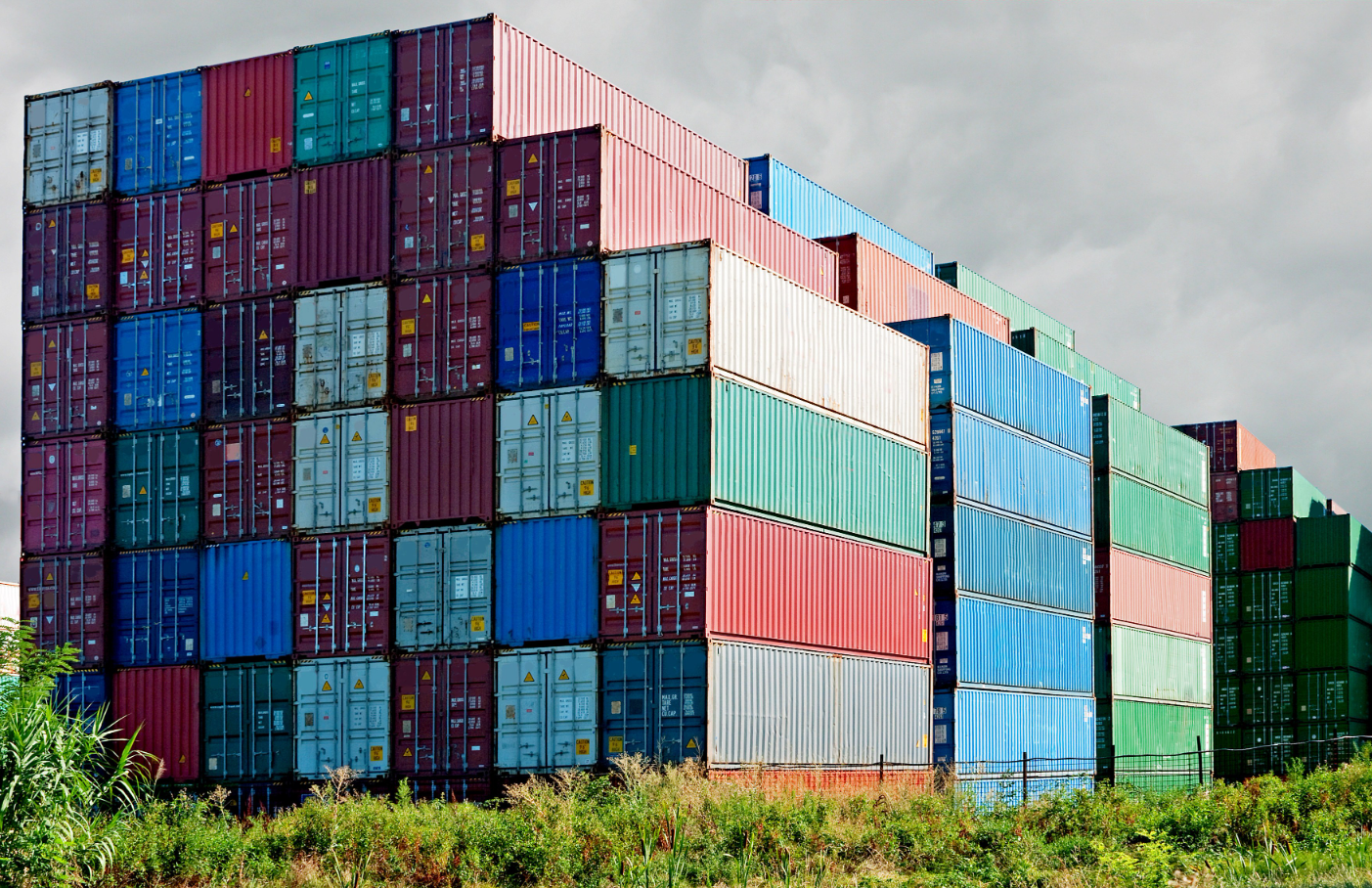
How Container Depots Operate
Until the next time for reloading, the logistics departments of shipping corporations run prepared container depots ready to accept containers from the closest ports, rail lines, or stations. Also, leasing businesses often rent inland warehouses where empty containers are kept. These are inland container depots, or ICDs, situated inland instead of close to the port.
Following unloading, the container depot serves as a “transshipment point” for empty containers kept until they are once again needed.
Carrier, freight forwarders, consignees, and other logistics operation players have access to the containers after they reach the depot de stockage. They may expedite and organize future shipments after verifying the amount, quality, or damage of the items before transferring them to the recipient.
Types of Container Depots: Inland vs. Port-Based
As mentioned earlier, container depots can be inland and port-based.
An inland container depot (ICD) or a dry port is a facility for storing containers mostly in the hinterlands, far from any large ports. Before and after passing their containers through ports, shipping companies usually keep them in ICDs. ICDs have strong connections by rail and road with ports.
What’s interesting is that these facilities have the proper paperwork and approval to store goods. ICDs also let consignees and shippers from the hinterland have port services nearer their homes. Because of this, they are able to process cargo at their factories or godowns instead of at the congested ports.
No, onto the port-based depots definition. Located either within or close to seaports, port-based depots provide quick access to port terminals and shipping lines. Their position makes rapid container movement from and to ships possible, and they are responsible for managing import/export flows and ensuring faster turnaround times for ships by temporarily storing containers and expediting their onward transportation.
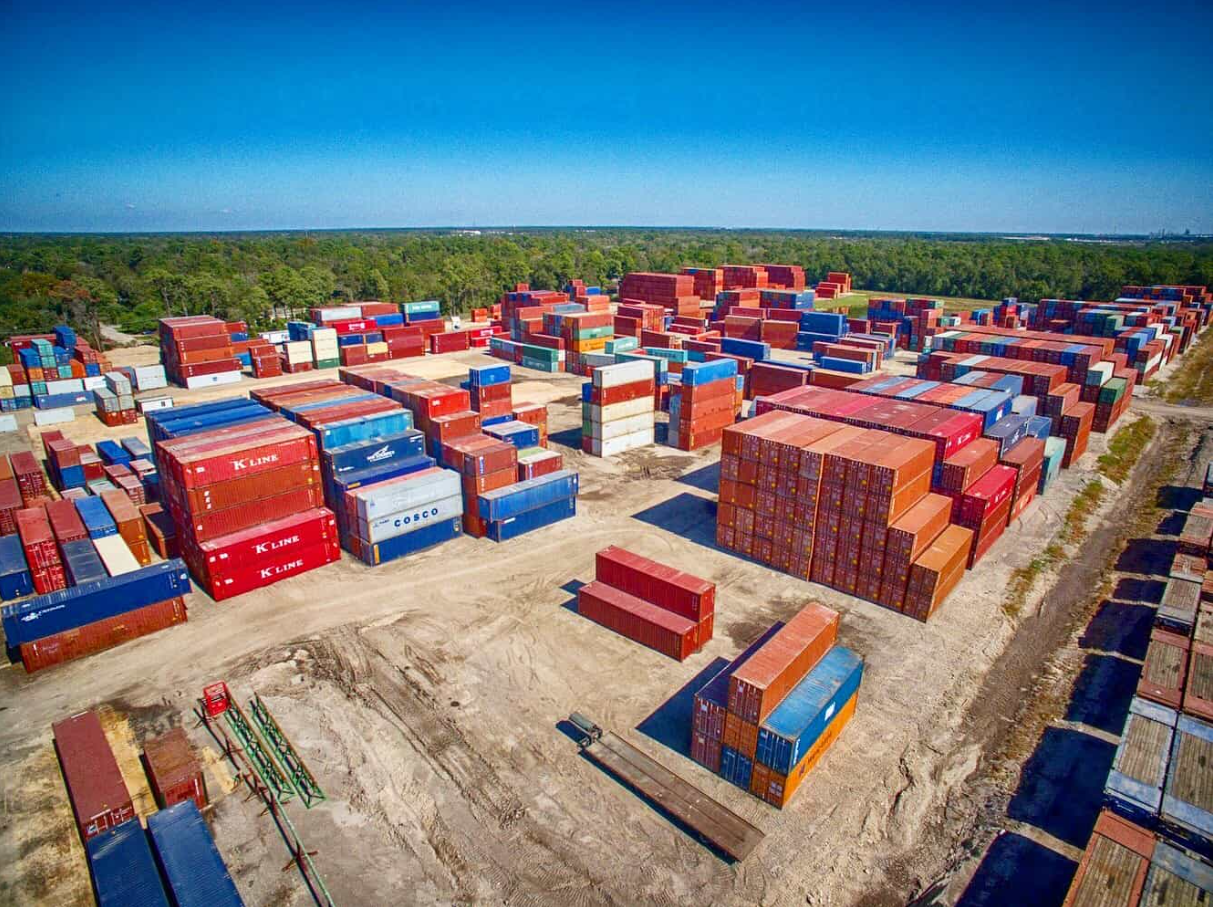
Why Container Depots Are Essential for Efficient Logistics
Essential in logistics, container depots enable everything to function like clockwork. They are basically go-to centers for container storage and management to guarantee seamless supply chain flow of products. The whole movement of goods would be significantly more disorganized and ineffective without them.
The ability of container depot services to provide smooth cargo movements is one of the main factors explaining their great value. Depots guarantee that everything runs as it should whether containers are being ready for export or for delivery. They also prevent delays and bottlenecks that might stop operations by reducing the burden of busy ports.
Container yards also provide companies a sensible, reasonably priced way to handle repairs and store containers and help them to save unplanned costs like last-minute inventory or rapid fixes. They make inventory control more effective, so businesses can rely on their supply chain to maintain consistently and dependably functioning operations.
Finally, container depots simplify coordination and communication — they link important participants in logistics like shipping lines, freight forwarders, and cargo owners. Without these terminals, maintaining world commerce would be a logistical nightmare of delays and increasing prices.
Cost-Saving Benefits of Using Container Depots
Every cent matters if you work in logistics. Container depot services help businesses cut costs without cutting corners, and this is how:
- Keeping containers in conventional warehouses is expensive, particularly in constrained space. Conversely, container depots are less expensive than general-purpose warehouses as they are intended specifically for storing containers. Moreover, depots are flexible and can manage changing demand unlike fixed capacity warehouses, therefore sparing you from frantic search for costly storage during peak demand.
- Logistics revolves on location. Usually located close to main ports or logistical centers, container yards help to minimize the distance your containers must cover. Fewer distance translates immediately into savings as it means fewer trips and less fuel expenditures. Your consumers will be pleased and your shipping costs will be kept in control if your items reach their destinations faster.
- Shipping delays are costly as well. Port congestion, delayed pickups, or missed deadlines lead to penalties, additional costs, and unhappy customers. Container depots lessen the burden. They act as a midway point between ports and inland transportation to allow containers to be prepared and organized perfectly.
- Unexpected storage requirements often carry large last-minute expenses. With container depots, there’s no need to worry about (or pay for) last-minute storage solutions since you’ll always have access to reliable storage options.
Container depots are a cost-control powerhouse, and this investment will pay off in more ways than one.
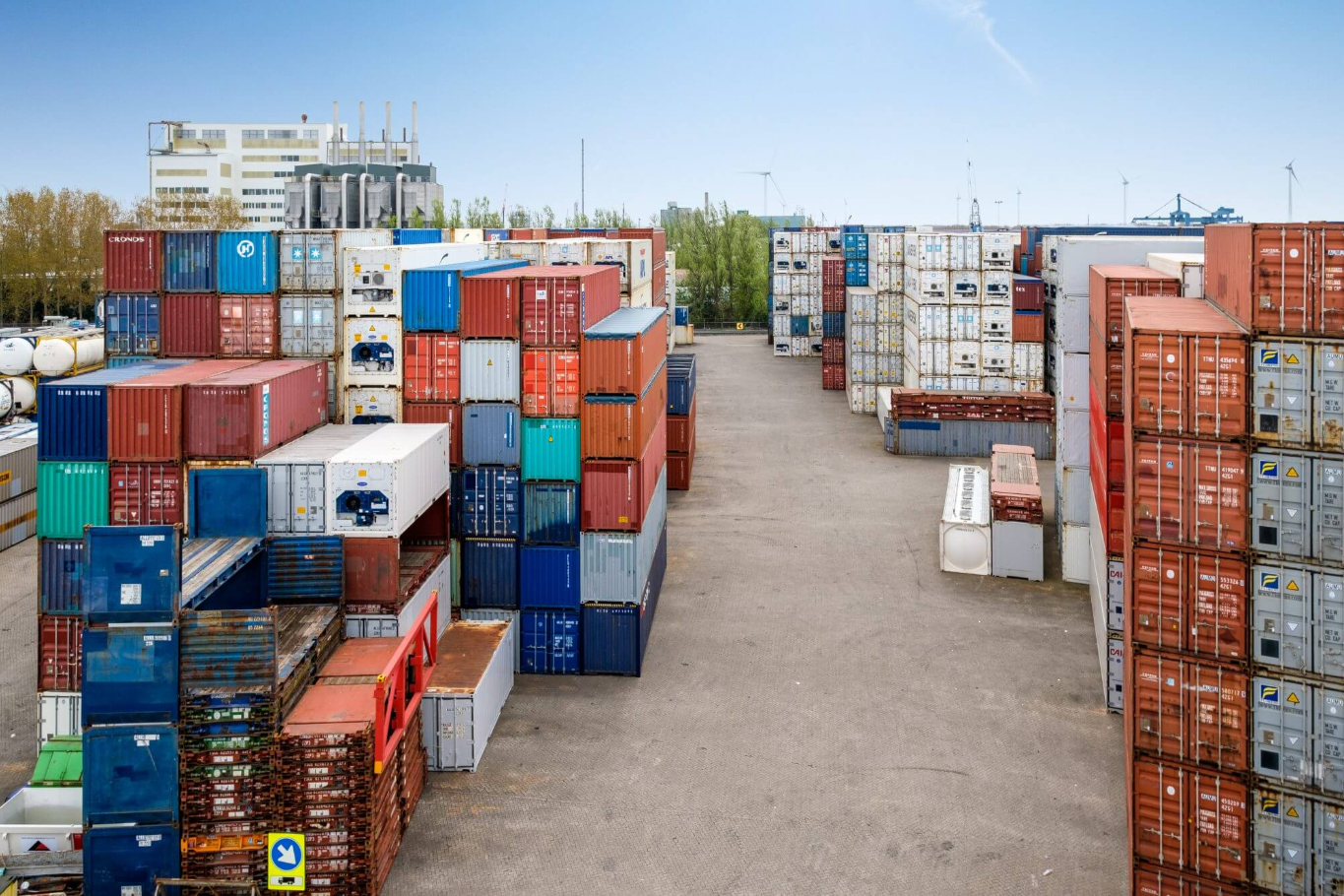
Container Maintenance and Inspection at Depots
Because containers spend almost their entire lives outside of their owners’ control, they are often rented to another party. Therefore, after a leasing agreement has been signed, normally container maintenance and inspection are required while the containers are “on hire”, or when they come “off hire”. This means that a shipping container yard inspects returned or rented containers on behalf of a container owner.
Moreover, shipping containers may potentially sustain damage when handled carelessly. That’s why depots should also check the structural soundness of the shipping container.
In most depots, there are two primary kinds of container inspections:
- On-hire survey;
- Off-hire survey.
When a container owner accepts delivery of their container under a lease agreement, the inspection is known as a “on-hire survey”. Stated another way, the container is being examined before export.
When conducting on-hire surveys, depots:
- Verify if the state of the container satisfies the leasing agreement’s requirements.
- Record the state of the container in great detail, paying special attention to any pre-existing flaws or damage. This serves to protect lesse from liability for any damage done prior to container delivery.
- Label the container as food-grade, general-cargo, or according to any other standards the lessee specifies.
- Inspect the machinery and test the motors for bearing noise or leaking in reefer containers to guarantee their operating dependability.
An off-hire survey is the examination of an empty container returned to the terminal depot for storage. Depots do the following during off-hire surveys:
- Examine the container and note any wear and tear, as well as impact and other operating damage.
- Record client survey results along with a summary of all modifications.
- Verify that the items found to be lessee damage adhere to the terms of the lease and standard industry practices.
- Delete elements related to damage on the container before it was taken on lease by the lessee, wear and tear, warranty, and previous faulty repairs.
- Should damage exist, ascertain its kind and extent.
- Determine the most economical course of action for the container in the event of damage, such as filling it with goods, repairing it, redelivering it to the lessor, placing it empty, or disposing of it.
There’s also a 7 point container inspection checklist: depots should examine the container’s undercarriage (outside), doors (inside and outside), left side, right side, front wall, ceiling/roof, and floor (inside).
Strategic Use of Container Depots in Global Trade
Here’s how container depots — strategic assets that enable companies to remain nimble, save time, and decrease costs — are used in global trade:
- If every container had to move directly from the port to its ultimate destination, without any breaks in between, the mayhem would be unimaginable. By bridging shipping lines, distribution hubs, and end users, a depot de stockage speeds and simplifies cargo handoffs.
- There is no more important factor than time in international trading. Late deliveries, higher prices, and frustrated consumers are the results of a domino effect of delays in the supply chain. By making sure containers are ready to go when and where they are required, container depots help save travel times. These facilities, which reduce the distance and time spent transporting products, keep shipments on schedule by being close to main ports and logistical centers.
- Control of inventories across many nations or regions is no easy task. By acting as concentrated centers for storage and record-keeping, container depots help to ease this difficulty. Companies may avoid confusion and expensive mistakes by tracking, sorting, and delivering items all in one location.
- Globally trading is erratic with changing market needs and varying supply chain circumstances. A shipping container yard lets businesses modify operations as required, acts as a staging area for unexpected demand surges, and provides room to store items during slow periods.
- Global trade often involves multiple legs — shipping by sea, transferring to rail, trucking to a regional warehouse, and finally delivering to the destination. Acting as logistical checkpoints, container depots help to coordinate these actions more easily. They simplify the process of transferring containers between various forms of transportation, making transfers less likely to be delayed or handled carelessly.
Even though they don’t usually get the spotlight, container terminals have a huge influence on global trade. They aren’t only a halt along the route; they facilitate cargo transfers, ensure timely movement of products, and greatly reduce the stress associated with inventory management.
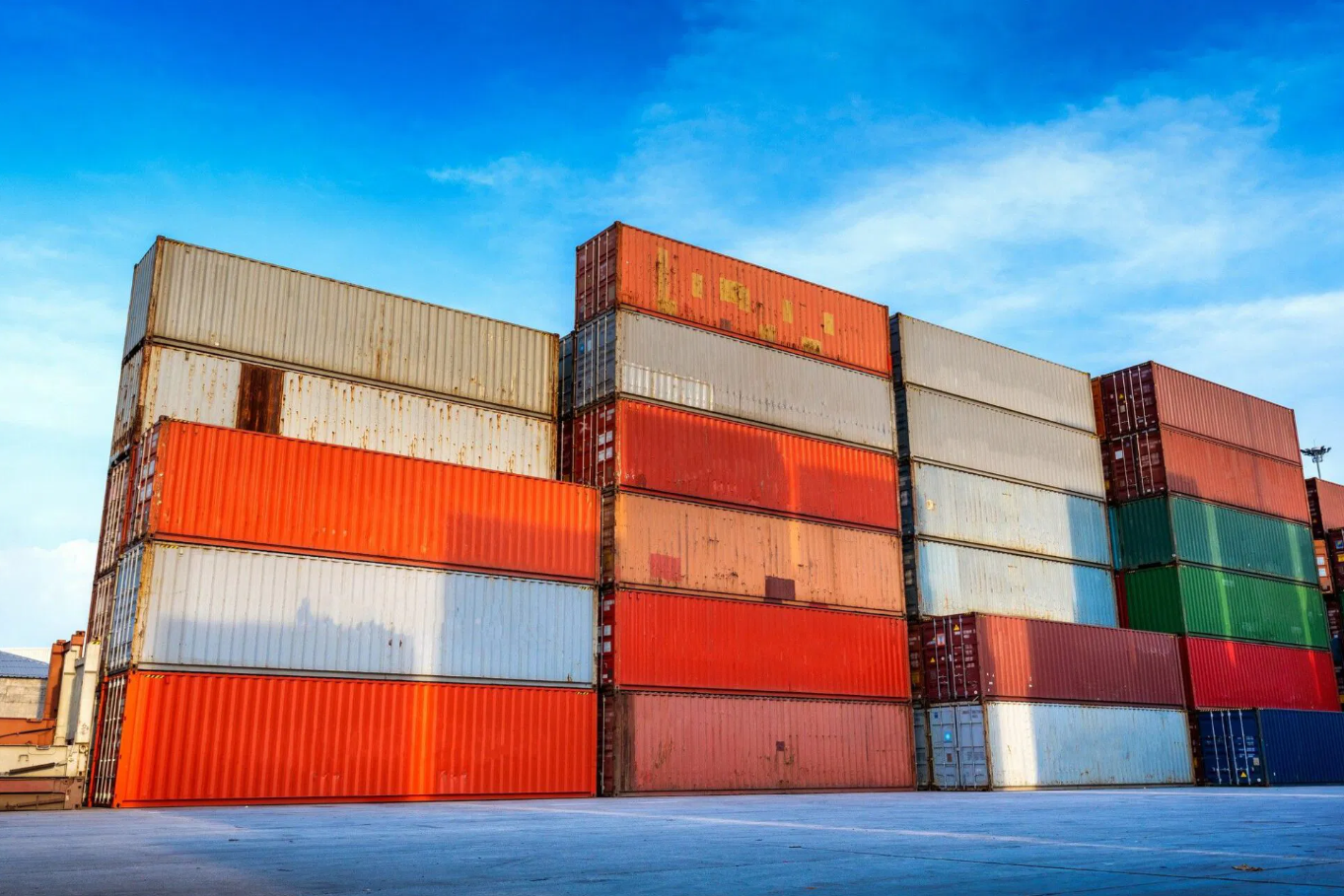
Future Trends in Container Depot Services
The logistics sector is dynamic, and so are container depots. Future predictions include, for instance, the following trends:
- Automated systems that run without fail. Robots literally will move containers around with zero hiccups. Automated guided vehicles (AGVs) and other technologies are already helping container terminals reduce errors and speed up processes. Working around the clock, they’re cutting expenses and ensuring that containers arrive at their destinations on schedule.
- IoT makes containers smarter. The Internet of Things (IoT) is allowing depots real-time information on container locations and conditions. Sensors attached to containers monitor anything from security concerns to temperature.
- AI predicts problems before they happen. In logistics, unexpected failures are the worst. Good news: almost every terminal depot can now detect machine or container wear and tear with the use of predictive AI solutions, long before it causes major delays.
- Blockchain keeps everyone on the same page. Moving products across borders depends on trust; blockchain enhances this to a whole new degree. This digital ledger maintains data security, checks transactions, and tracks movement of every container.
- Going green for a better world. Sustainability is a necessity, and depots are stepping up. More and more, eco-friendly methods, such as using solar power or reusing obsolete container components, are replacing traditional ones.
Modern supply chains have serious problems, and these innovations change depots definition into technological powerhouses that solve those problems and keep the globe going ahead.
Vanessa is a dedicated writer and content enthusiast at Pelican Containers. With a background in practical writing and a keen eye for clarity, she transforms complex container topics into easy-to-understand and useful content. Her passion lies in exploring the evolving world of container usage — from smart storage hacks to global logistics trends.
When she's not writing, Vanessa loves discovering creative shipping container projects or traveling to find new inspiration.
Explore thoughtful, informative, and accessible content with Vanessa!
Vanessa is a dedicated writer and content enthusiast at Pelican Containers. With a background in practical writing and a keen eye for clarity, she transforms complex container topics into easy-to-understand and useful content. Her passion lies in exploring the evolving world of container usage — from smart storage hacks to global logistics trends.
When she's not writing, Vanessa loves discovering creative shipping container projects or traveling to find new inspiration.
Explore thoughtful, informative, and accessible content with Vanessa!
FAQ
What is a container depot and what role does it play in the logistics industry?
A container depot is a facility intended for shipping container repair, handling, and storage. These depots serve as an important link in the logistics network, temporarily storing containers between different stages of transportation.
What are the different types of container depots, and how do they differ?
Inland and port-based container depots are two types of container depots. A dry port or an inland container depot (ICD) is a facility for mostly hinterland, far-off container storage away from any major ports. Port-based depots, on the other hand, are situated within or near seaports and provide easy access to shipping lines and port terminals.
How do container depots help reduce costs in container trading and storage?
Depots house containers temporarily and thus minimize the storage pressure on ports. Long-distance transportation is less necessary at strategically placed depots, which also manage customs clearance, maintenance, and inspections.
What services are offered by container depots for container maintenance and inspection?
During container inspections, specialists check the container’s condition for damage and other defects, as well as wear and tear signs. They classify containers by special standards (food-grade, general-cargo, etc.), document results of inspections, and if there’s any damage, determine its nature and try to solve this issue.


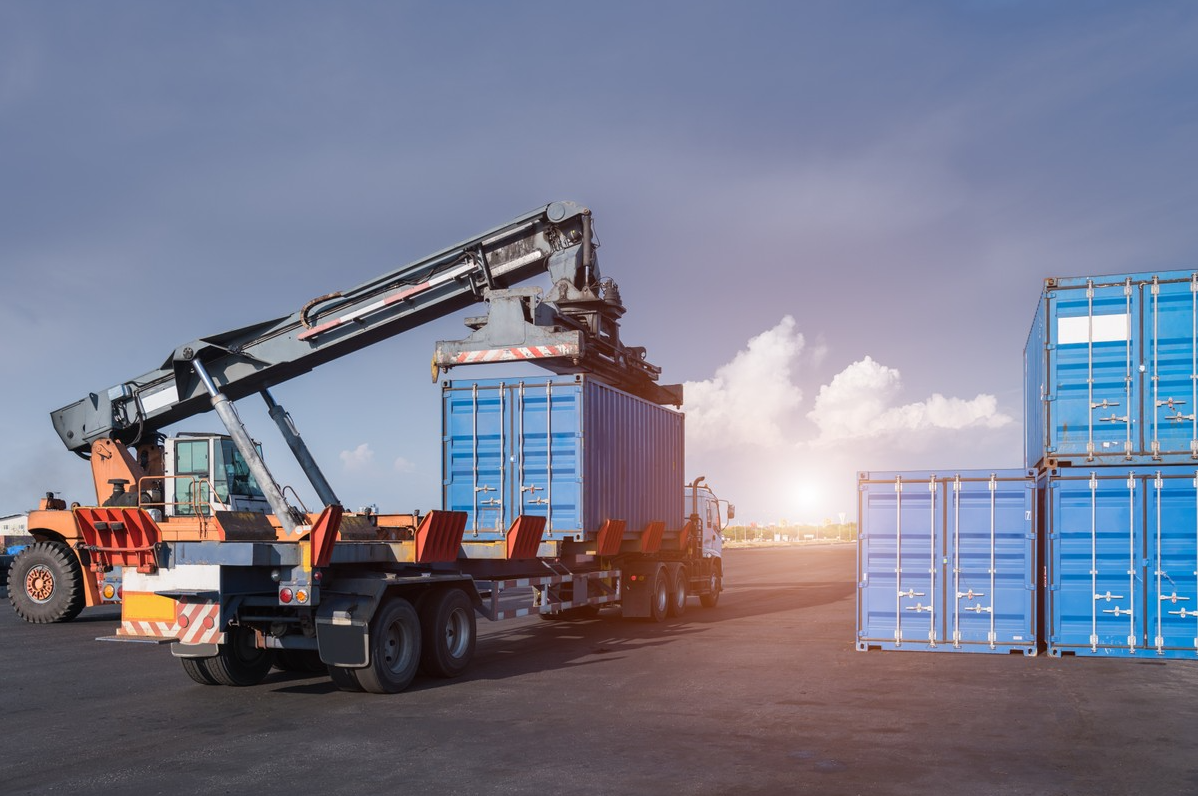
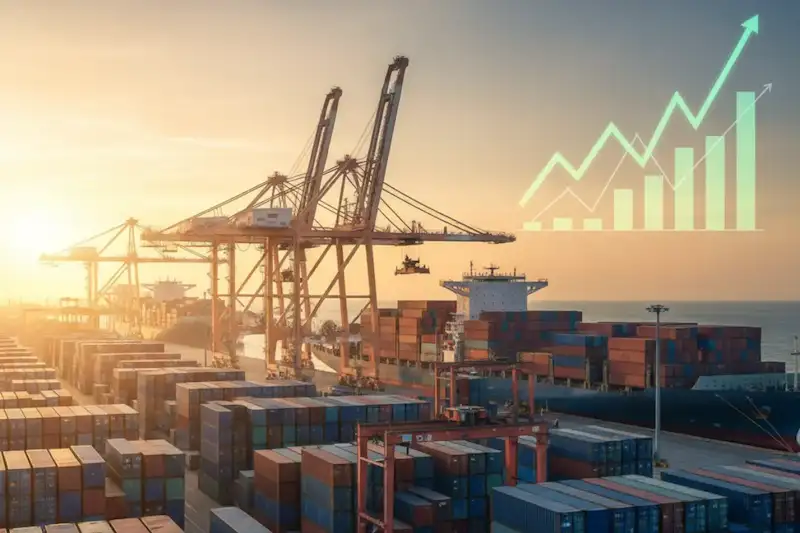
![Port of Nhava Sheva: Keys to success, container terminals, and future prospects What is a Container Depot? [+Save money on container trading & storage] - image №44](https://pelicancontainers.com/wp-content/themes/pelican-wp/img/holder.png)
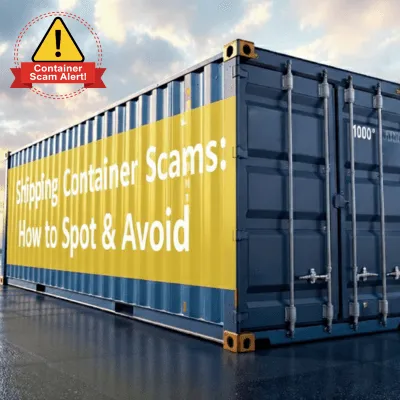

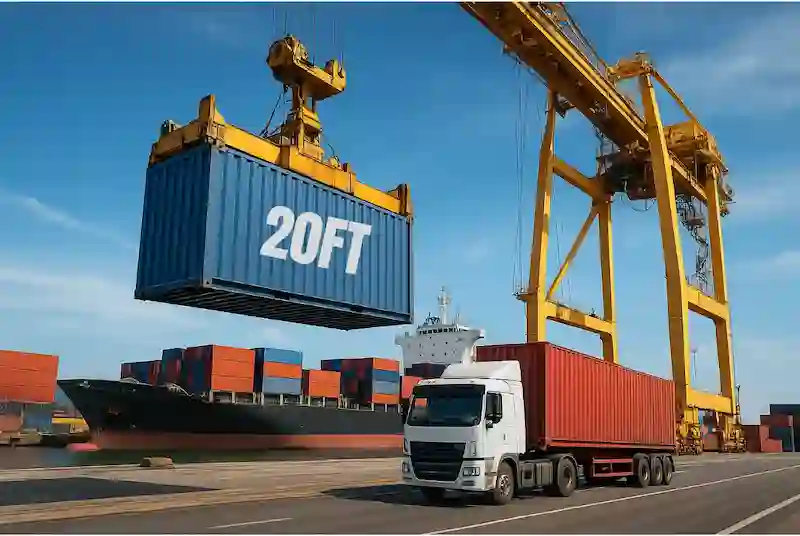
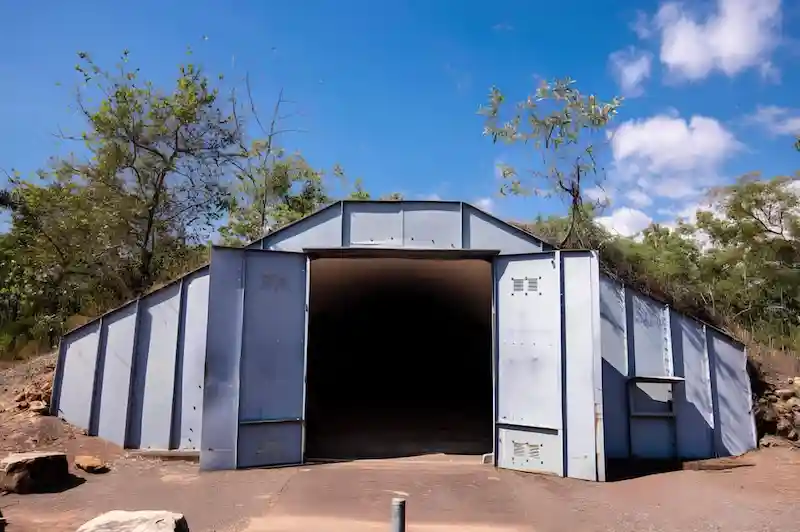
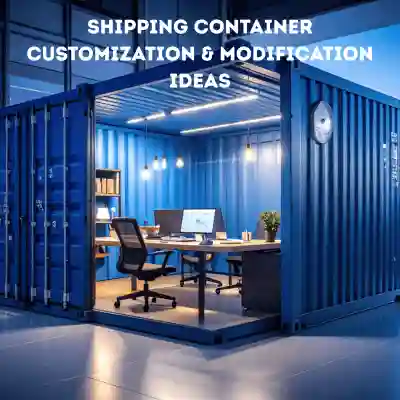
![1K8PQC2 What is a Container Depot? [+Save money on container trading & storage] - image №51](https://pelicancontainers.com/wp-content/uploads/2025/07/1K8PQC2.jpg)